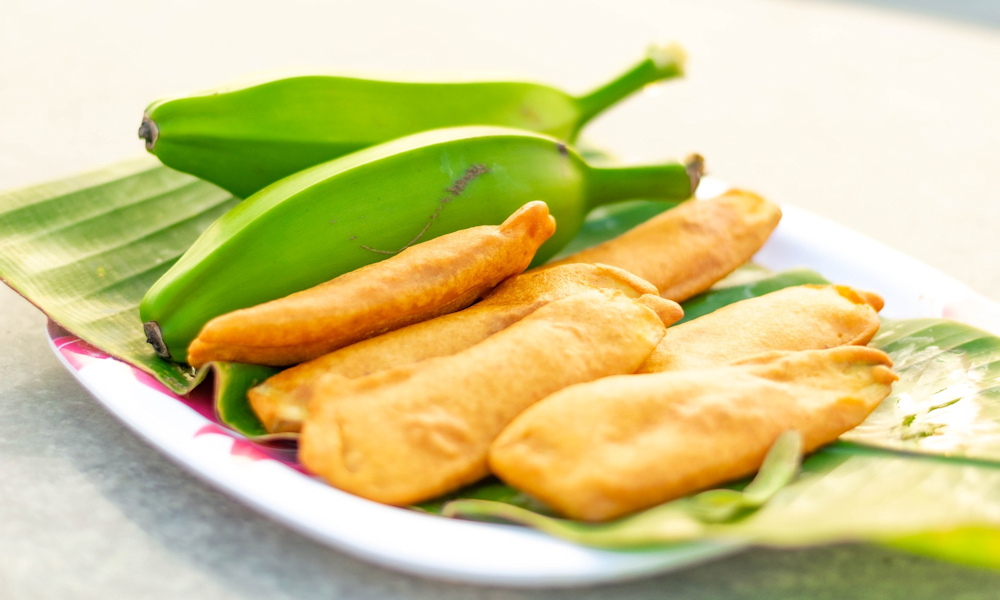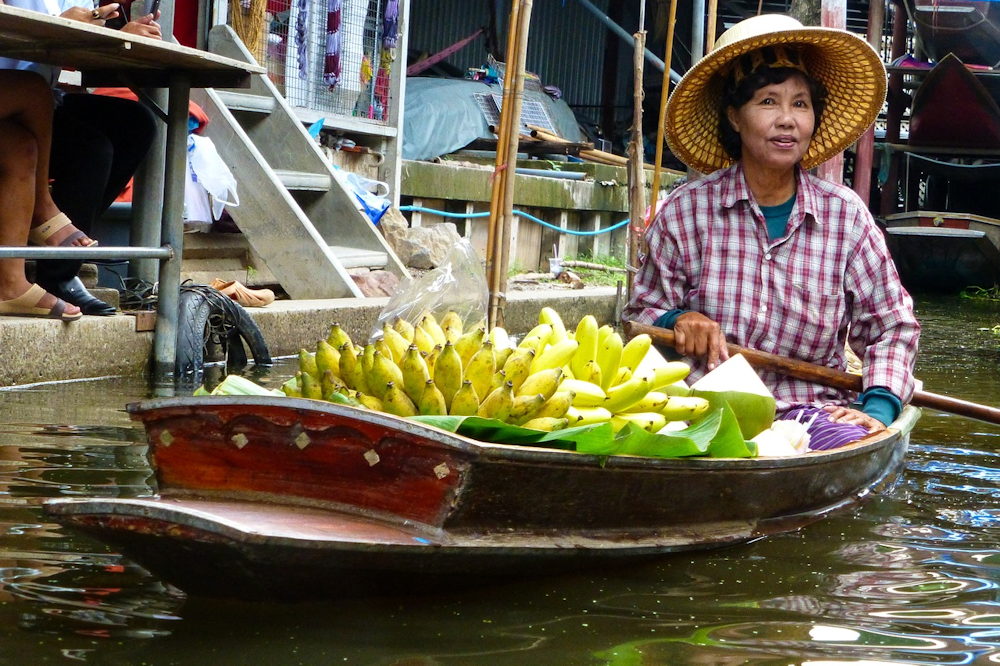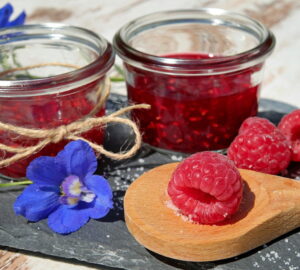Plantains, often referred to as cooking bananas, are a remarkable fruit that holds a prominent place in the culinary traditions of various cultures worldwide. Unlike their sweet and ripe banana counterparts, plantains are starchy and best consumed when cooked. In this article, we will delve into the origin, description and culinary uses of plantains, as well as share five fascinating facts about this versatile ingredient.
Origin and Description
Plantains, scientifically known as Musa paradisiaca, are believed to have originated in Southeast Asia, particularly in regions encompassing present-day Malaysia and Indonesia. These fruit-bearing plants belong to the same genus as bananas but differ in taste, texture and usage. Plantains are typically larger than regular bananas, with thicker peels that range in color from green to yellow to black as they ripen. They have a dense, starchy flesh that requires cooking to become tender and delicious.
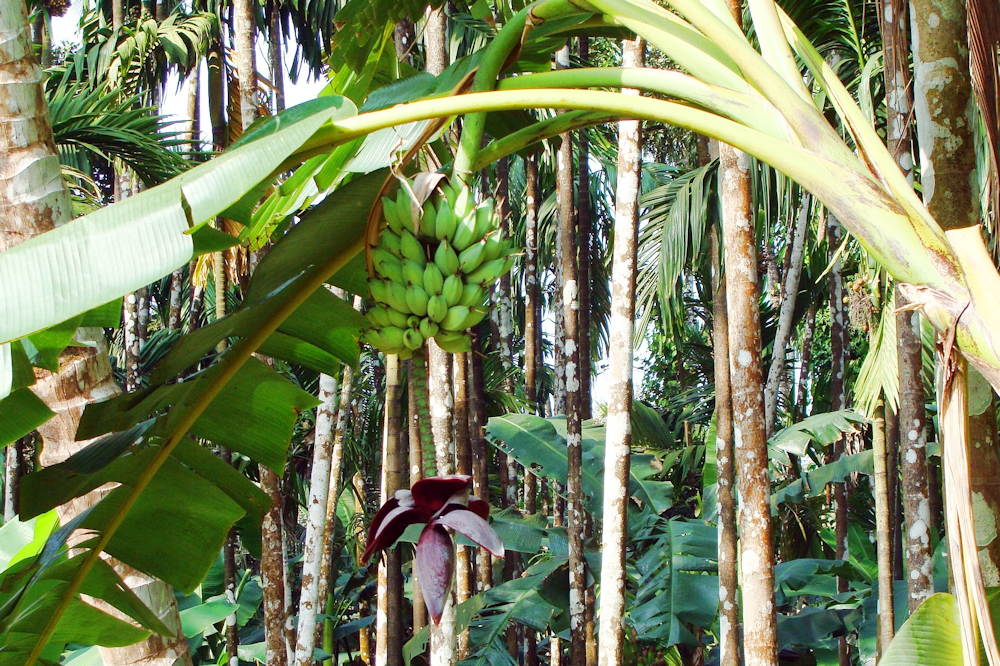
Culinary Uses
Plantains are an essential ingredient in various cuisines around the world. They can be prepared in a multitude of ways, making them highly versatile in the kitchen. Here are some common culinary uses of plantains:
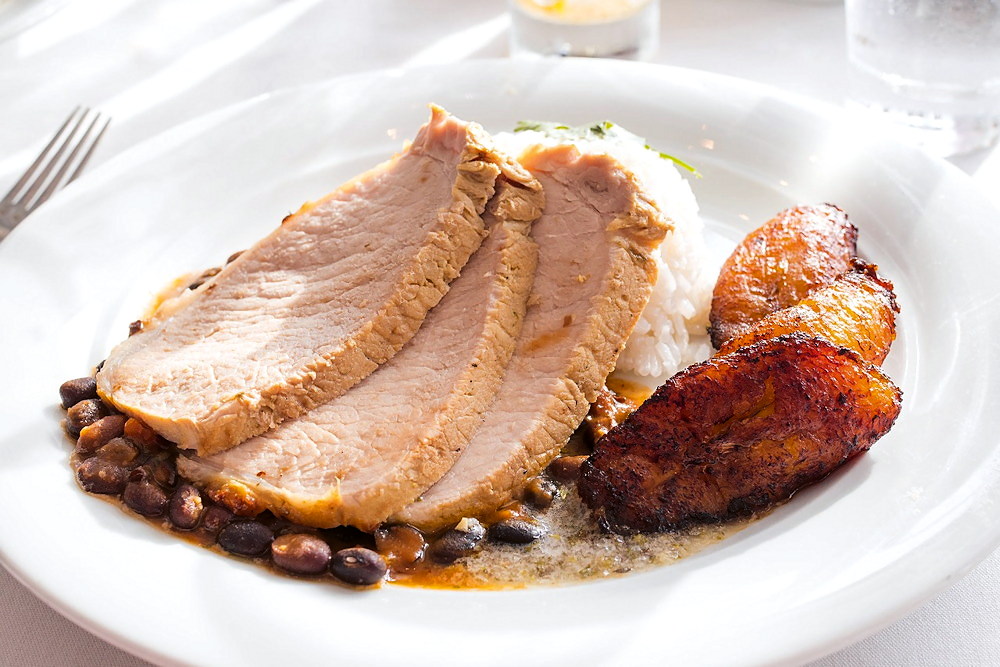
Frying
One of the most popular methods of preparing plantains is frying. Sliced plantains are deep-fried until golden and crispy, resulting in delectable snacks or side dishes. This cooking technique brings out the natural sweetness of the plantains while creating a delightful contrast in texture.
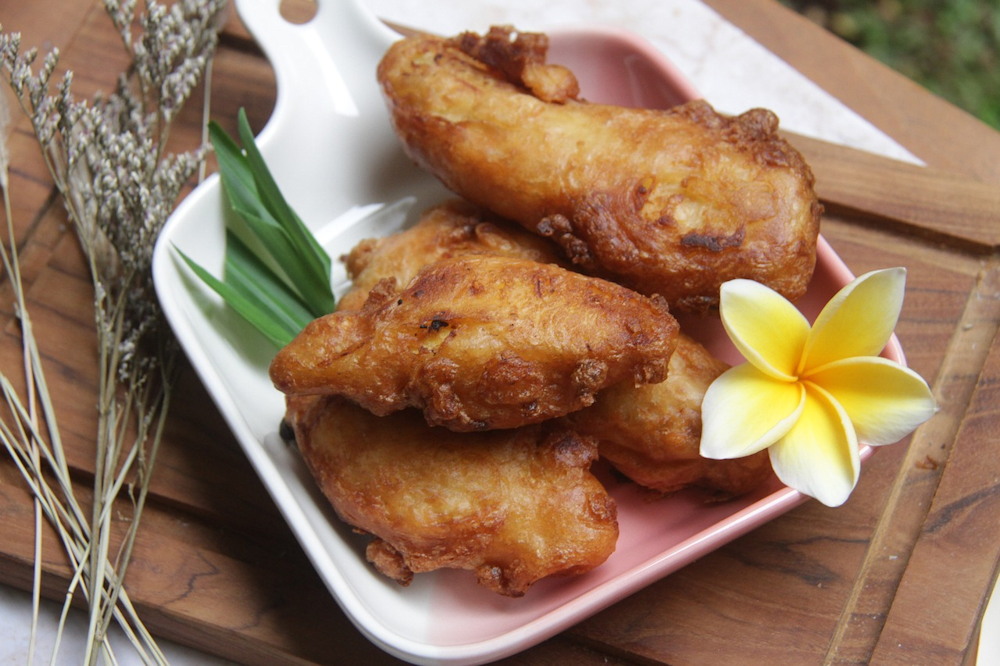
Boiling
Boiled plantains are a staple in many tropical countries. The cooked plantains can be served as a simple side dish, mashed and mixed with other ingredients, or used as a base for more complex recipes.
Baking and Roasting
Plantains can also be baked or roasted, providing a healthier alternative to frying. Baking or roasting brings out the natural sugars and enhances the flavor of the fruit, resulting in a soft and caramelized treat.
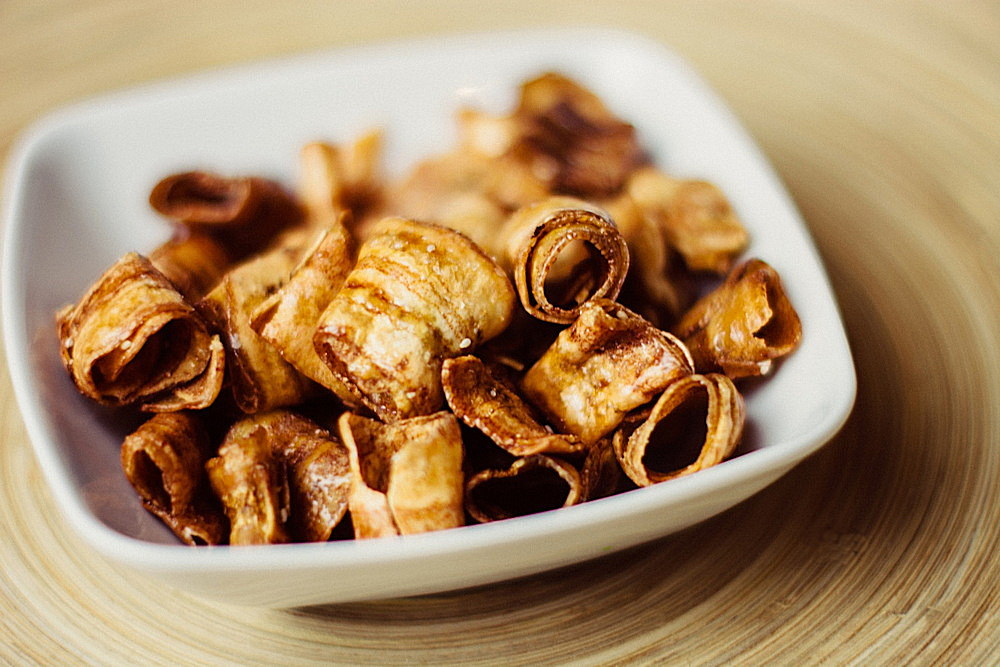
Plantain Flour
Dried and ground plantains can be used to produce plantain flour, which serves as a gluten-free and nutrient-rich substitute for wheat flour in baking.
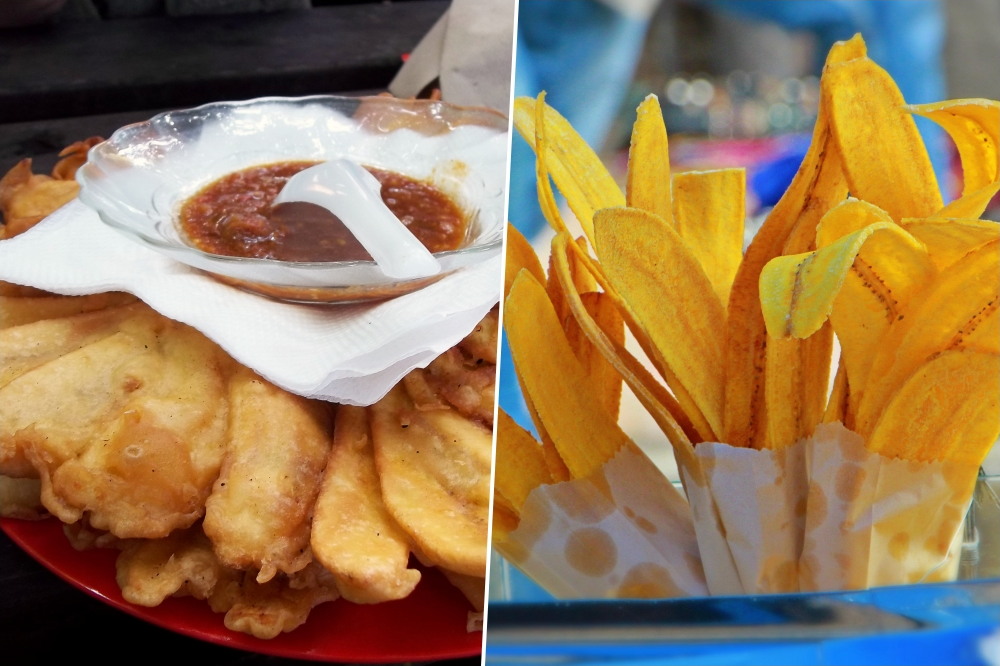
Interesting Facts about Plantains
Cultural Significance: Plantains hold significant cultural importance in many regions, particularly in Africa, the Caribbean and parts of South America. They often feature prominently in traditional dishes and celebrations, symbolizing abundance, hospitality and cultural heritage.
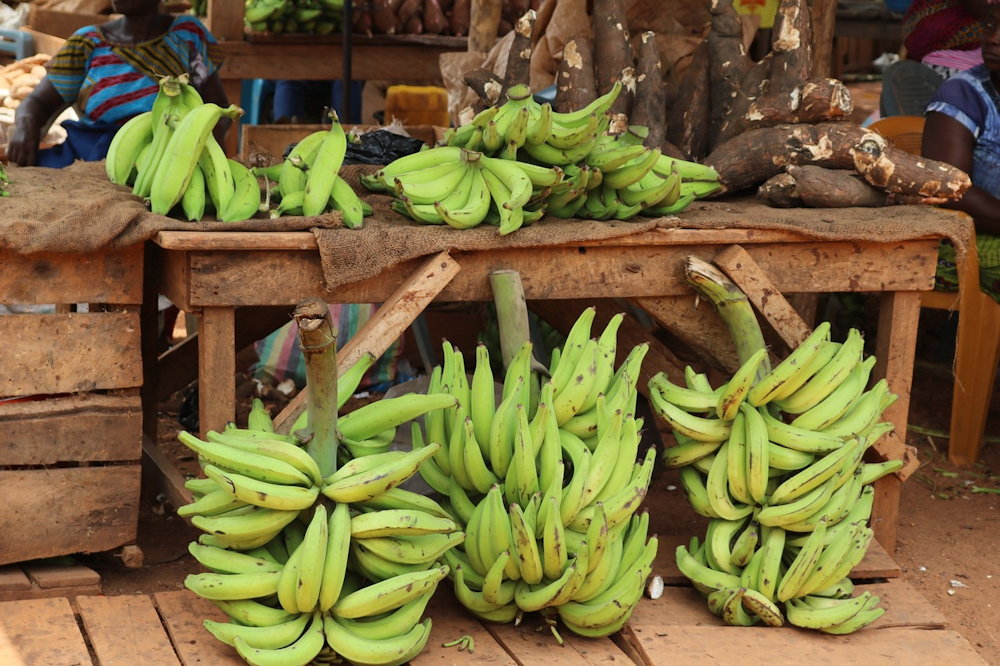
Nutritional Value: Plantains are a rich source of essential nutrients. They are a good source of dietary fiber, vitamins A and C, and minerals like potassium and magnesium. Additionally, they contain resistant starch, a type of dietary fiber that promotes digestive health.

Maturation Stages: Unlike regular bananas that are typically consumed when fully ripe, plantains are used at various stages of maturity. Green plantains are starchy and ideal for frying or boiling, while yellow and black plantains are sweeter and better suited for baking or roasting.

Traditional Dishes: Plantains feature prominently in several beloved traditional dishes. For instance, in Latin American cuisine, “tostones” are crispy, fried plantain slices served as appetizers or side dishes. In West Africa, “fufu” is a popular dish made from mashed plantains, often served with stews or soups.
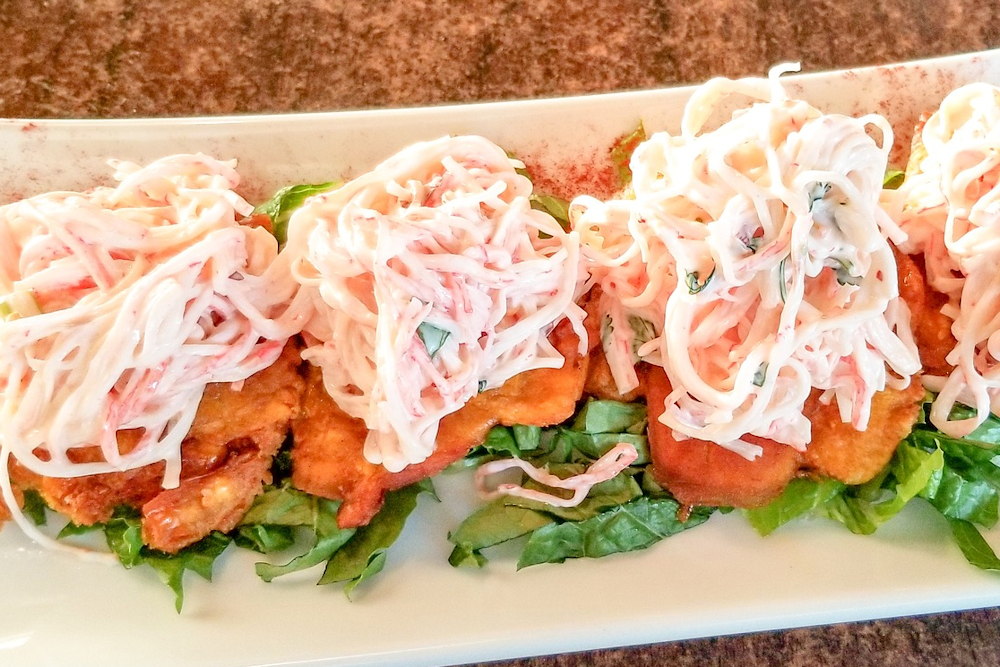
Medicinal Applications: In some cultures, plantains are also recognized for their medicinal properties. They are believed to have anti-inflammatory effects and are used as natural remedies for various ailments, including digestive disorders and skin irritations.
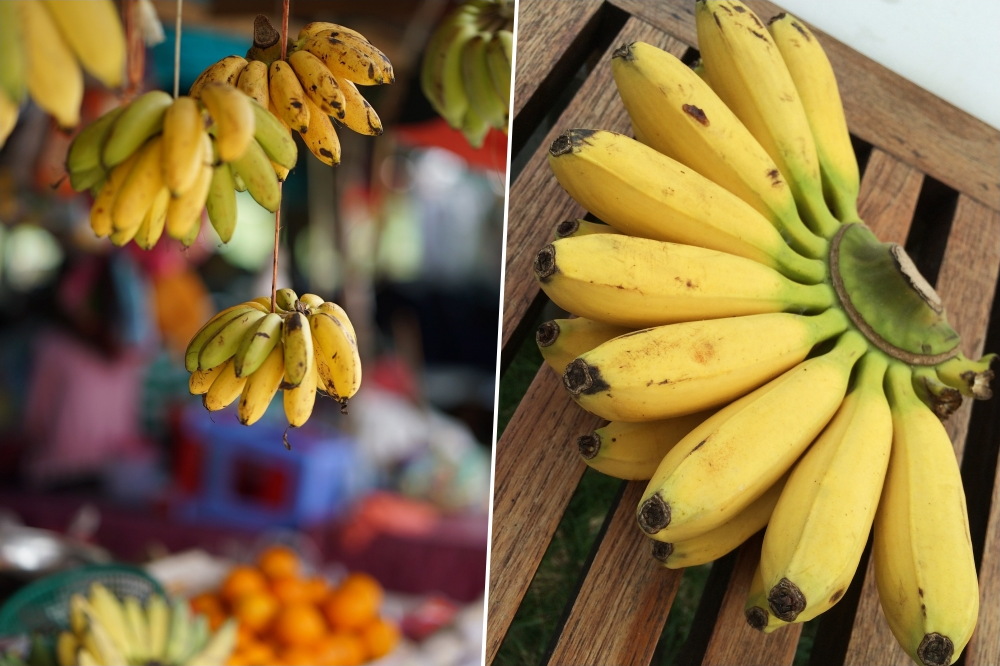
Plantains, the versatile cooking bananas, bring a unique taste and texture to culinary creations. With their origins in Southeast Asia, plantains have become an integral part of diverse cultural cuisines across the globe. Whether fried, boiled, baked or roasted, plantains offer a wide array of culinary possibilities. So, next time you come across these humble fruits, seize the opportunity to experiment and savor the delightful flavors they have to offer.



